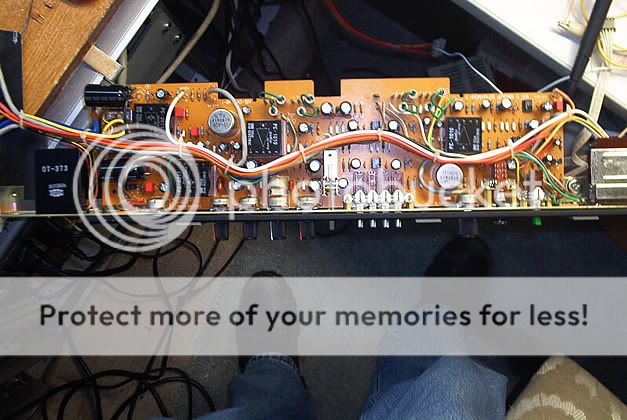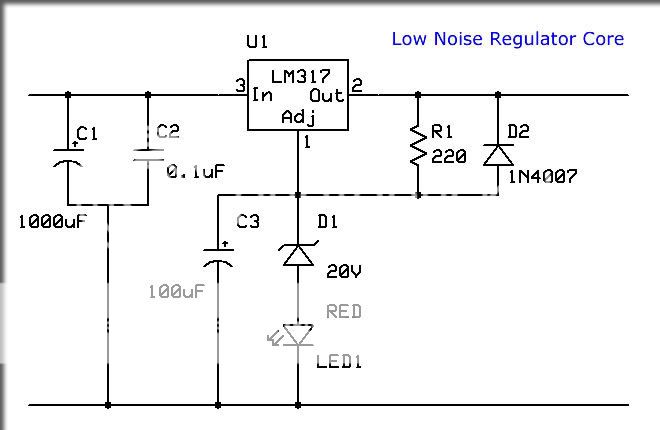Somnium7
Noise Criminal
Since getting this old battleship home i have gone through it to locate any and all problems. Any board this old will have it's share of issues. Here's what I've found.
6 slightly scratchy faders - no big deal.
Echo Send 1 dead - Pretty annoying.
Group channels 1 and 3 randomly go dead or make static. - Real BAD.
As far as I can tell, the problems with the groups and the echo send are bad Line Amps, which on this console are custom made modules. After checking my resources and doing some web searches it appears that replacement modules are unobtainium. My plan as of now is to canibalize these modules from 2 of the program channels and the talkback channel. I can live without direct outputs from these. I'm still left with 6 program channels which is still more than I'll ever use. I'll also be transplanting the output transformers for each bad module since there's a good chance these caused the modules to fail in the first place.
Before I begin this surgery I'll ask here - Any ideas where to find replacement line amp modules for this console?
6 slightly scratchy faders - no big deal.
Echo Send 1 dead - Pretty annoying.
Group channels 1 and 3 randomly go dead or make static. - Real BAD.
As far as I can tell, the problems with the groups and the echo send are bad Line Amps, which on this console are custom made modules. After checking my resources and doing some web searches it appears that replacement modules are unobtainium. My plan as of now is to canibalize these modules from 2 of the program channels and the talkback channel. I can live without direct outputs from these. I'm still left with 6 program channels which is still more than I'll ever use. I'll also be transplanting the output transformers for each bad module since there's a good chance these caused the modules to fail in the first place.
Before I begin this surgery I'll ask here - Any ideas where to find replacement line amp modules for this console?










